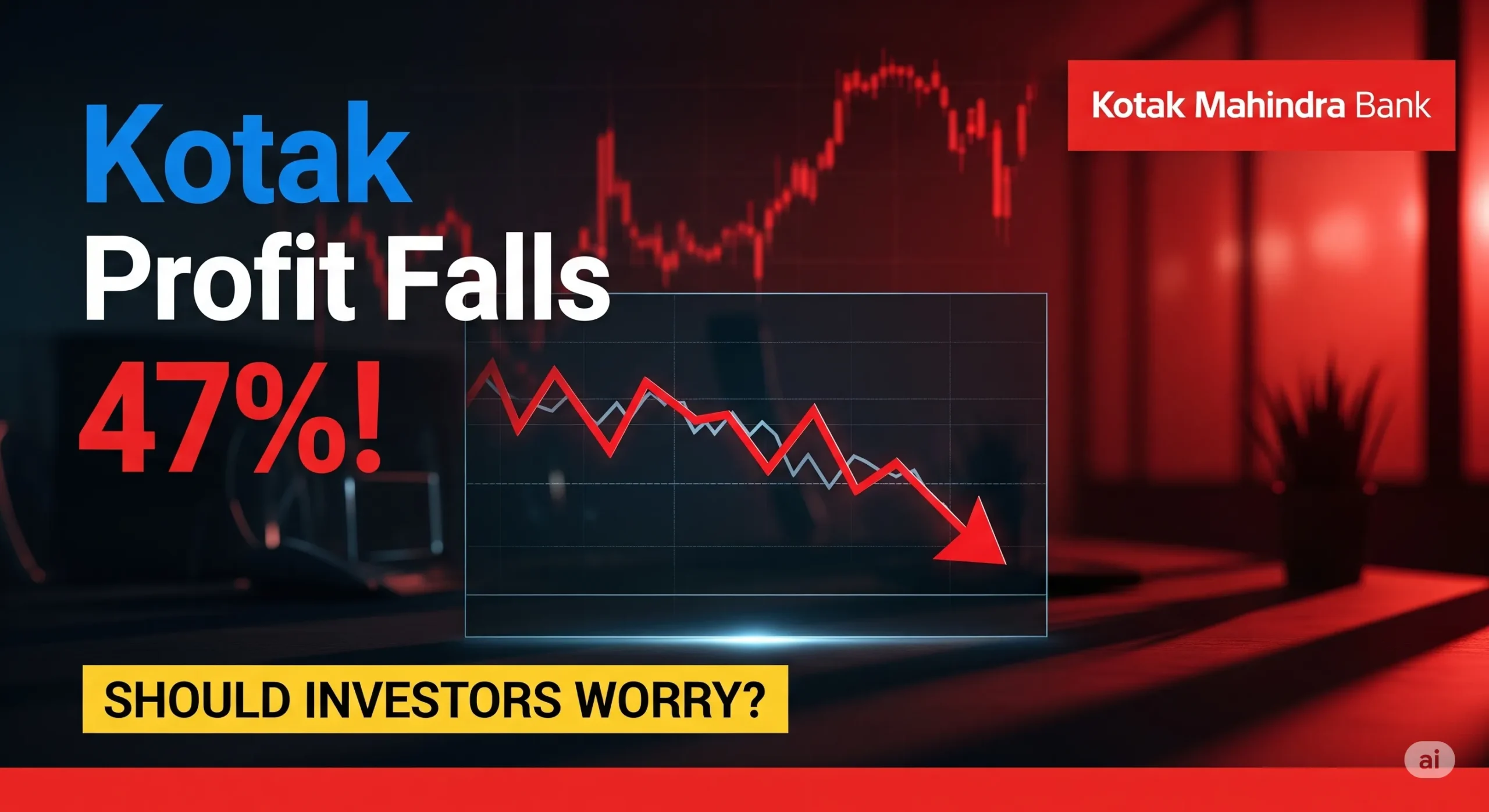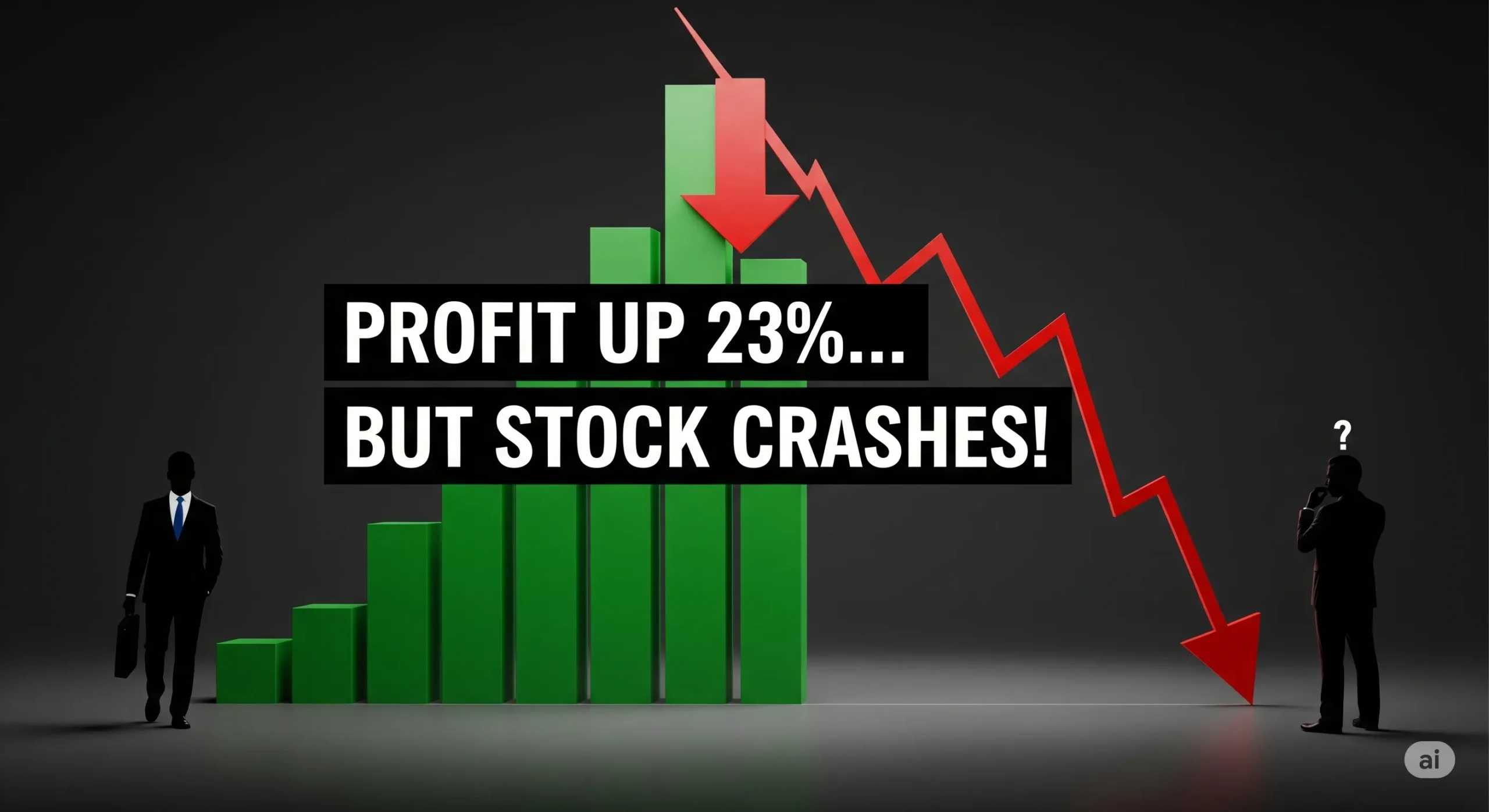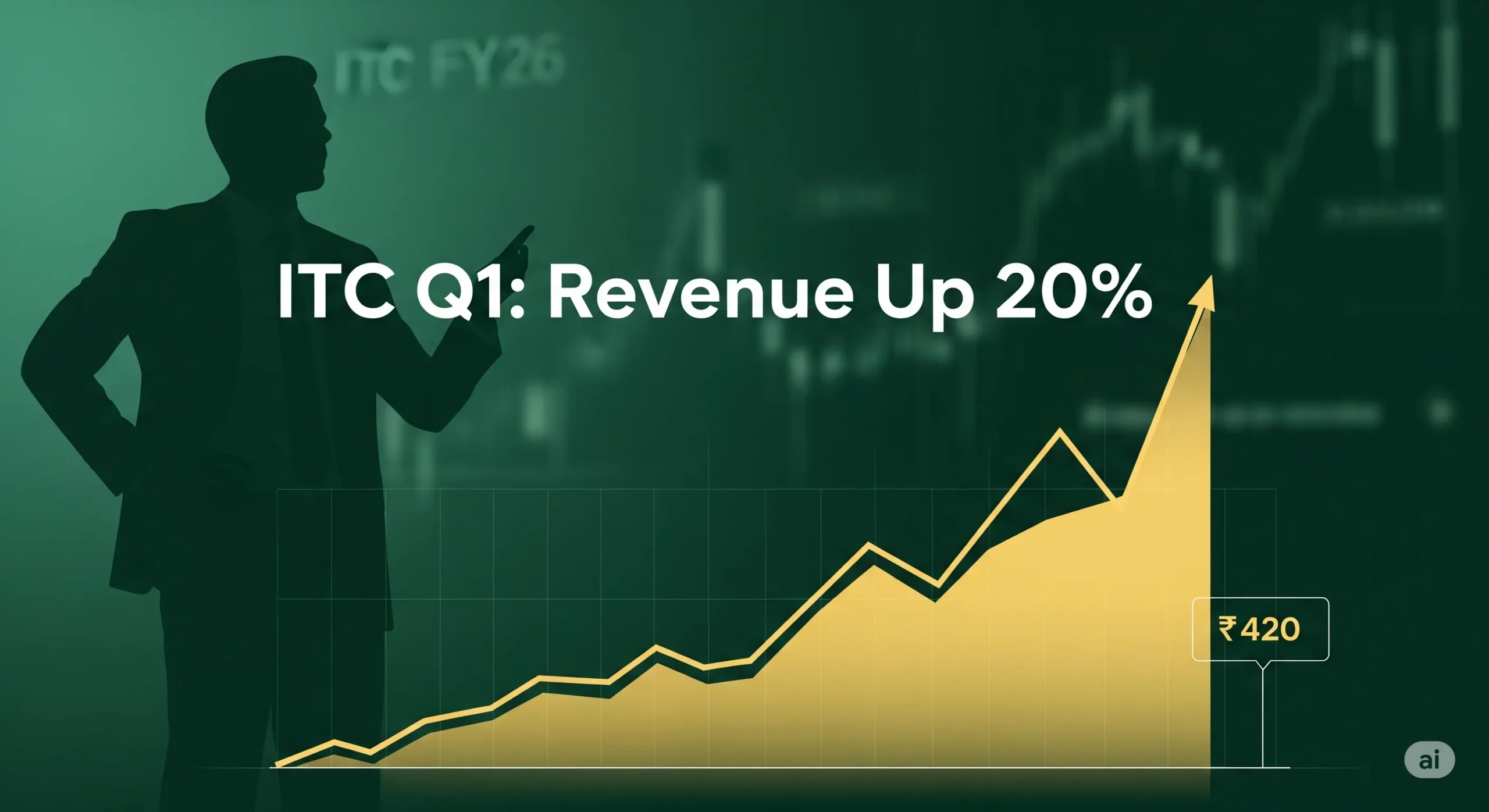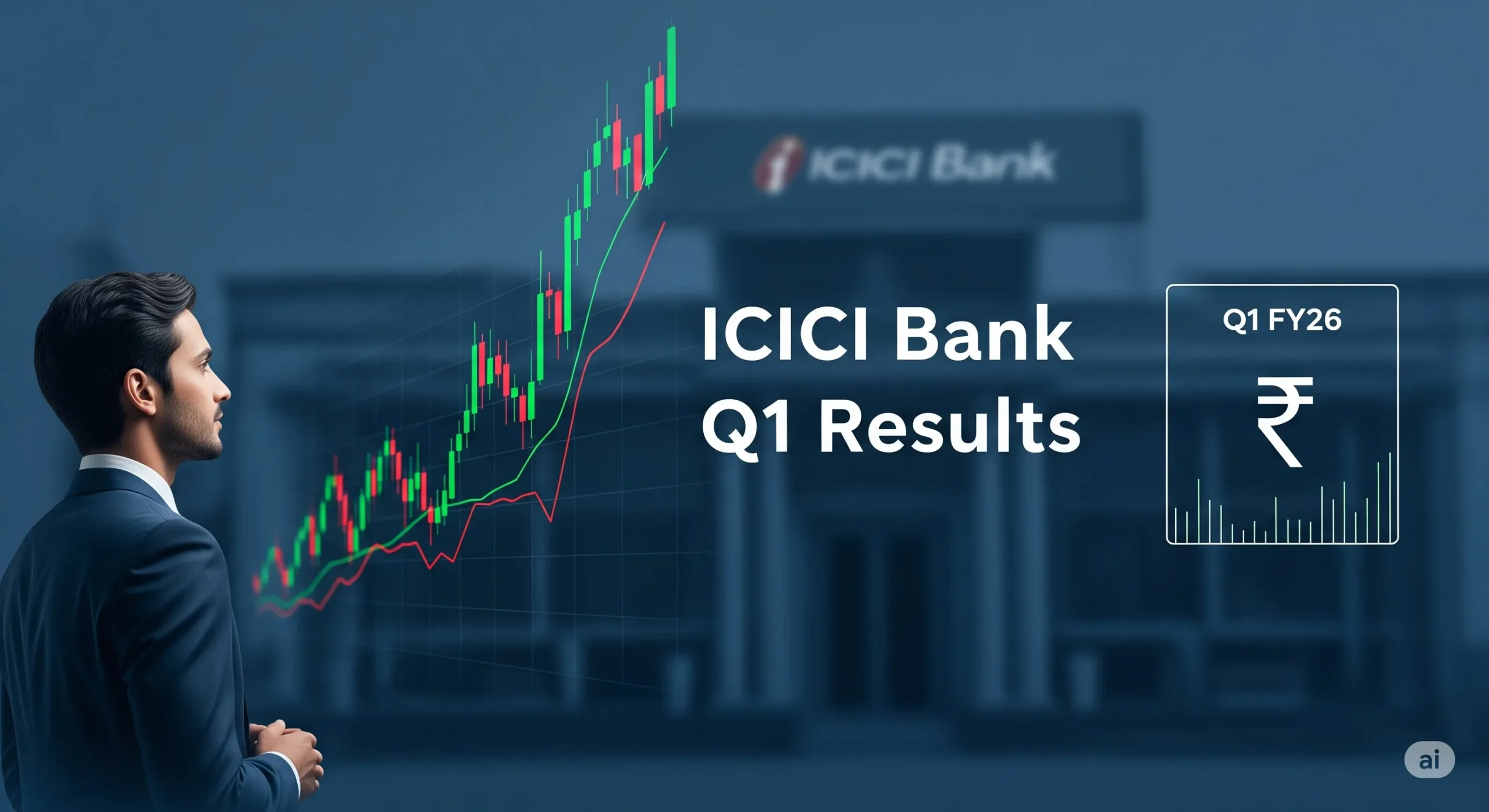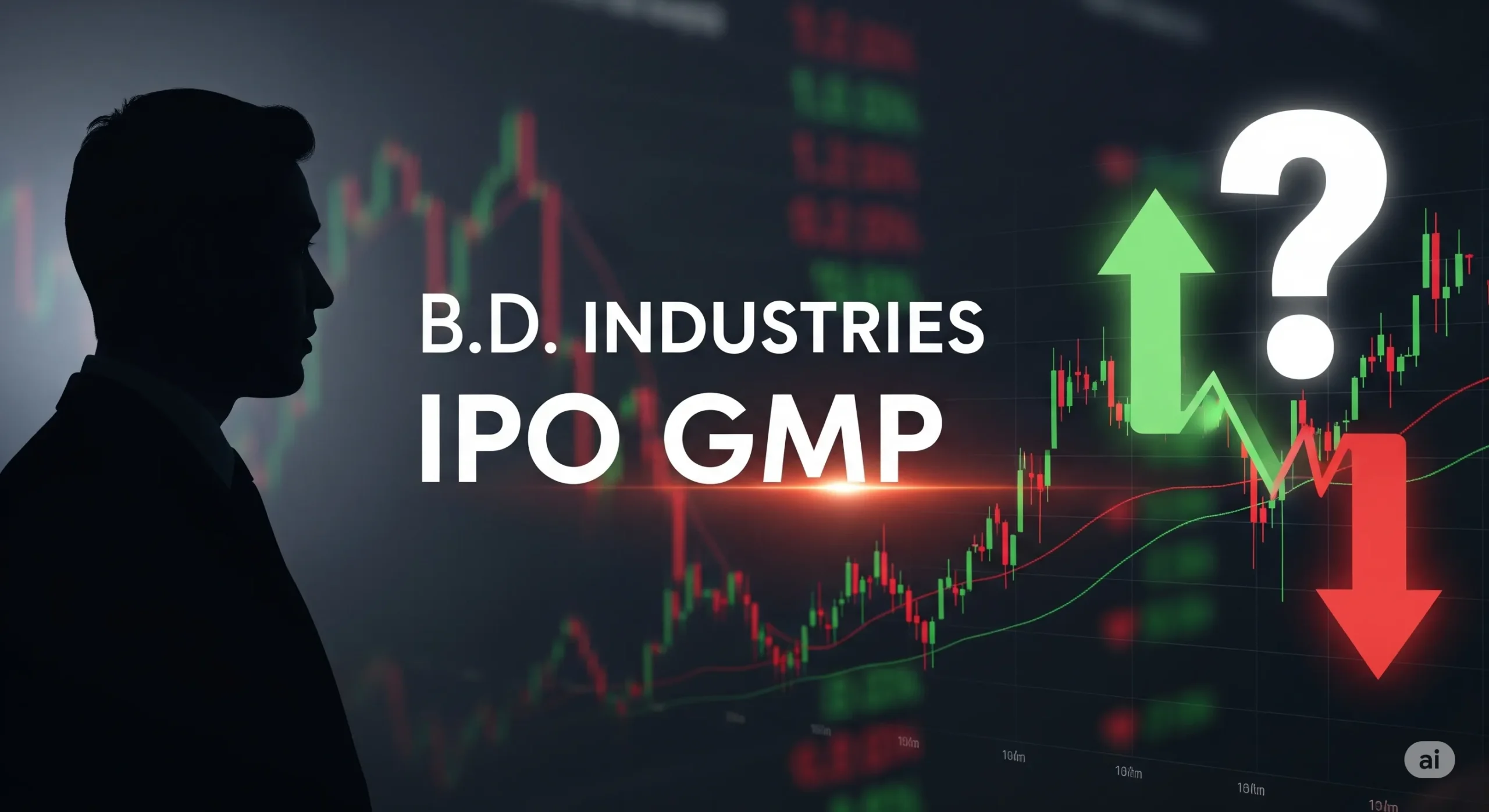Hindustan Unilever (HUL), India’s biggest FMCG company, posted steady results for Q1 FY26. The company’s net profit grew by 5.6% year-on-year to ₹2,756 crore. While overall revenue met expectations, profit margins were slightly affected due to increased business investments and restructuring costs.
In this article, we break down HUL’s performance by segment, look at how the market reacted, and share key takeaways from the management.
Summary of Financial Performance
- Consolidated Net Profit: ₹2,756 crore (up 5.6% YoY)
- Revenue: ₹16,323–₹16,514 crore (up ~5% YoY)
- EBITDA: ₹3,718 crore (down from ₹3,744 crore YoY)
- EBITDA Margin: 22.8%, down ~130 bps YoY
- Profit After Tax (before exceptionals): ₹2,526 crore (down 5% YoY)
- Exceptional Items: ₹127 crore (primarily restructuring-related)
- Underlying Sales Growth (USG): 5%
- Underlying Volume Growth (UVG): 4%
Despite the modest EBITDA decline, the company benefited from lower tax outgo due to re-estimated provisions, which helped shore up bottom-line growth.
Business Segment Analysis
HUL delivered broad-based growth across categories, led by strong momentum in its beverages and beauty segments.
- Home Care: 4% USG, driven by continued consumer demand for hygiene and cleaning products
- Beauty & Wellbeing: USG of 7%, with Lifestyle Nutrition continuing to lead in market share
- Personal Care: 6% growth, supported by calibrated price increases
- Foods: 5% USG, aided by stability in core staples
- Beverages (Tea & Coffee): Delivered double-digit growth, driven by both price and volume expansion
- Packaged Foods: Posted mid-single-digit growth, reflecting healthy consumer traction
Strategic Developments
- Acquisition Impact: Results include the contribution from Uprising Science Pvt Ltd, the parent of minimalist beauty brand Minimalist, acquired in April 2025.
- Business Investments: The company increased spending on portfolio transformation and go-to-market enhancements, which weighed on short-term margins.
- Restructuring Costs: Exceptional expenses of ₹127 crore were related to organizational and supply chain restructuring initiatives.
These investments signal HUL’s intent to pivot toward future-ready, premium, and digital-first categories.
Market & Investor Response
Following the Q1 results, HUL shares rose nearly 4%, hitting a high of ₹2,538.40 on the BSE — outperforming the broader indices.
Investors appeared encouraged by:
- Robust volume growth
- Lower tax outgo
- Management’s upbeat guidance for the rest of FY26
However, some brokerages flagged EBITDA margin pressure and called for careful tracking of input cost trends and the pace of rural recovery.
Management Outlook
“HUL delivered competitive, broad-based growth with 5% Underlying Sales Growth driven by 4% Underlying Volume Growth. The company strategically increased business investments and continues its portfolio transformation agenda. Gradual recovery is expected to be sustained, with a focus on competitive, volume-led growth. If commodity prices remain stable, price growth should stay in the low single digits, and gross margins are expected to improve sequentially.”
— Rohit Jawa, CEO & MD, HUL
Near-Term Expectations:
- H1 FY26 is expected to outperform H2 FY25, aided by macro tailwinds
- Gross margins are expected to improve sequentially
- EBITDA margin guidance: 22–23% range
- Focus will remain on volume-led growth and continued premiumization
HUL Key Financial Snapshot
| Metric | Q1 FY26 | Q1 FY25 | YoY Change |
|---|---|---|---|
| Revenue | ₹16,323–₹16,514 Cr | ₹15,540 Cr (est) | ~5% |
| Consolidated Net Profit | ₹2,756 Cr | ₹2,610 Cr | +5.6% |
| EBITDA | ₹3,718 Cr | ₹3,744 Cr | -0.7% |
| EBITDA Margin | 22.8% | 24.1% | -130 bps |
| Profit After Tax (excl. exceptional items) | ₹2,526 Cr | ₹2,657 Cr | -5% |
| Underlying Sales Growth (USG) | 5% | 4–5% | Steady |
| Underlying Volume Growth (UVG) | 4% | 3–4% | Improved |
FAQs
1. Why did HUL’s profit grow despite a fall in EBITDA?
Lower tax expenses, driven by re-estimation of prior provisions, helped net profit rise even as EBITDA slightly dipped.
2. What caused the EBITDA margin decline?
Higher business investments and restructuring costs compressed margins by 130 basis points YoY.
3. Which segments performed best?
Beverages delivered double-digit growth, while Beauty & Wellbeing and Personal Care also posted strong numbers.
4. How is HUL managing commodity cost pressures?
The company expects price growth to stay in low single digits if commodity prices remain stable, and gross margins to recover in upcoming quarters.
5. Should investors be concerned about the decline in profit before exceptional items?
Not necessarily. The decline reflects strategic restructuring costs aimed at long-term efficiency and growth, not core business weakness.
Conclusion
HUL’s Q1 FY26 performance reflects resilient sales growth and volume momentum, even as operating margins temporarily softened due to aggressive reinvestments in growth initiatives. The addition of Minimalist and focus on high-growth categories like Beauty & Wellbeing and Beverages positions the company well for the long term.
With the macro backdrop turning more supportive, HUL is betting on volume-led growth and structural portfolio upgrades, even at the cost of near-term margin contraction.

